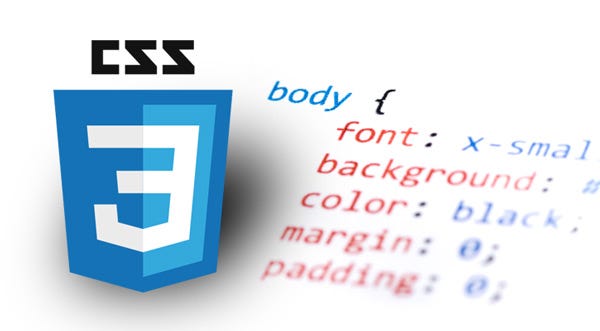Title: Unlocking the Power of CSS in Modern Web Development
Introduction
The fast digital environment requires businesses and brands to develop websites that both look attractive and adapt to different screen sizes. HTML establishes web page structure but CSS (Cascading Style Sheets) transforms it into a visually appealing design through layout and visual presentation. CSS functions as a fundamental component in contemporary web development by controlling both typography and color schemes and responsive grids and animations.
What is CSS?
CSS functions as a stylesheet language which defines presentation rules for HTML or XML documents. The layout management of multiple web pages becomes possible through CSS which enables developers to maintain uniform styling across their entire website. Developers use CSS to establish presentation rules for various HTML elements including headers and paragraphs as well as buttons and forms.
Why CSS is Essential in Web Development
Separation of Content and Design
The separation of website content from visual design becomes possible through CSS. The separation of content from design through CSS enables better site maintenance and updates while reducing code duplication and enhancing developer and designer workflows.
Responsive Design
Media queries enable developers to create websites through CSS which automatically adjust their layout based on different screen dimensions and device types. The user experience remains consistent when users access websites through desktop computers and mobile phones and tablets.
Performance Optimization
CSS eliminates inline styling and repetitive code which produces faster page loading times and better website performance.
-
Custom Animations and Transitions
CSS provides tools for adding transitions, keyframe animations, and hover effects—enhancing user engagement without relying on JavaScript or external libraries. -
Cross-Browser Compatibility
Proper use of CSS ensures that websites look and function consistently across various browsers, improving accessibility and professionalism.
Key Features of CSS in Modern Web Projects
-
Flexbox and Grid Systems: Create complex, flexible layouts with ease.
-
Variables and Custom Properties: Make styles more maintainable and reusable.
-
Pseudo-classes and Pseudo-elements: Add interactivity and fine-grained control.
-
Modular CSS (SCSS, LESS): Organize and structure large stylesheets for scalability.
-
Dark Mode Styling: Offer users theme options for better UX.
Best Practices in CSS Development
-
Keep CSS Clean and Organized: Use comments, naming conventions (BEM), and separate files to maintain structure.
-
Minify CSS for Production: Reduce file size and improve performance.
-
Use Preprocessors When Needed: SCSS or LESS can streamline larger projects.
-
Test Across Devices and Browsers: Ensure your design remains consistent and accessible.
-
Follow Accessibility Standards: Make your designs usable for all users, including those with disabilities.
Conclusion
CSS is much more than just a tool for beautifying a web page—it’s a core technology that shapes the user experience. Whether you’re a developer building a complex web app or a business owner aiming to create a strong online presence, understanding and utilizing CSS effectively is non-negotiable. Investing in solid CSS practices will lead to better designs, faster websites, and happier users.



Comments are closed